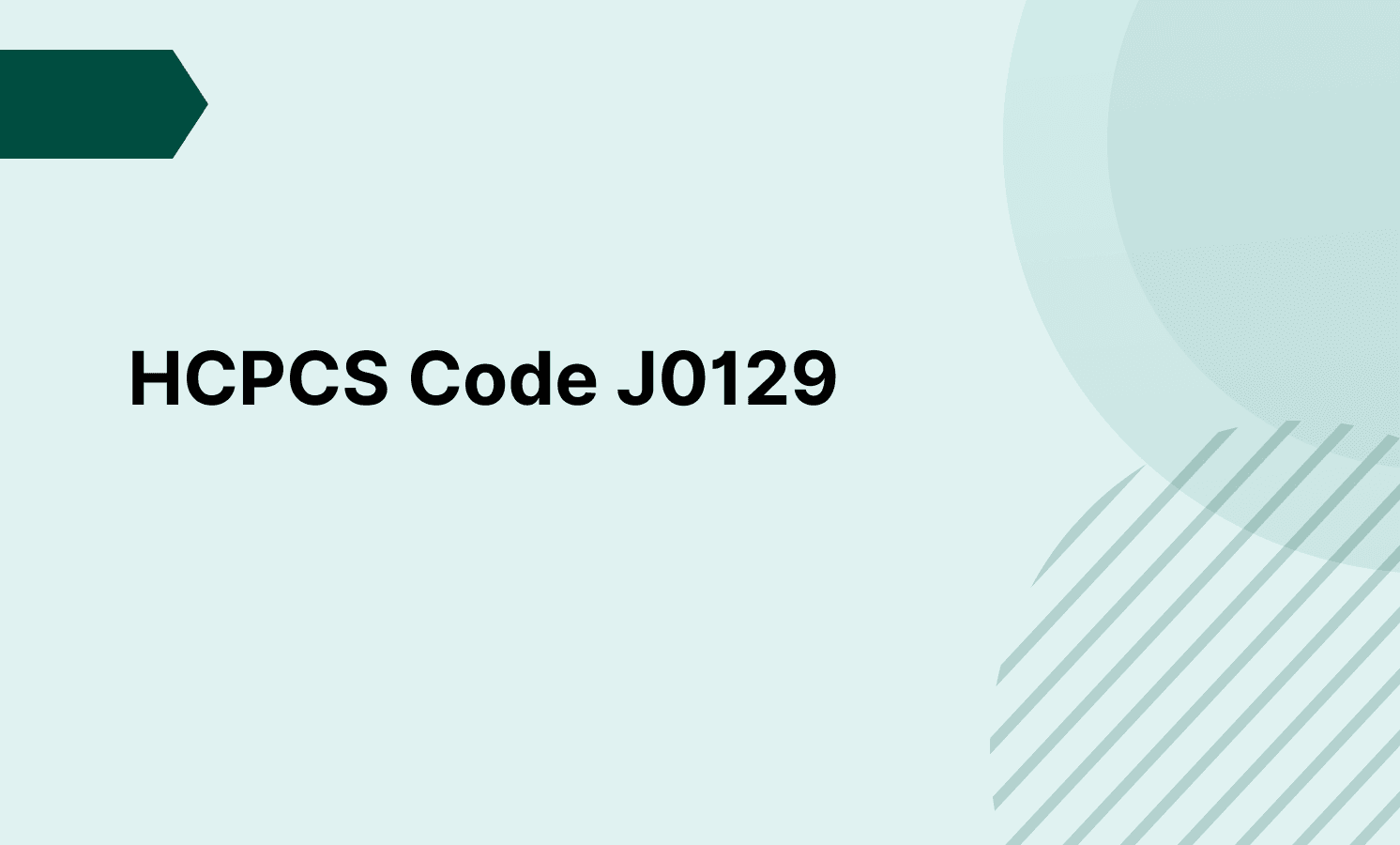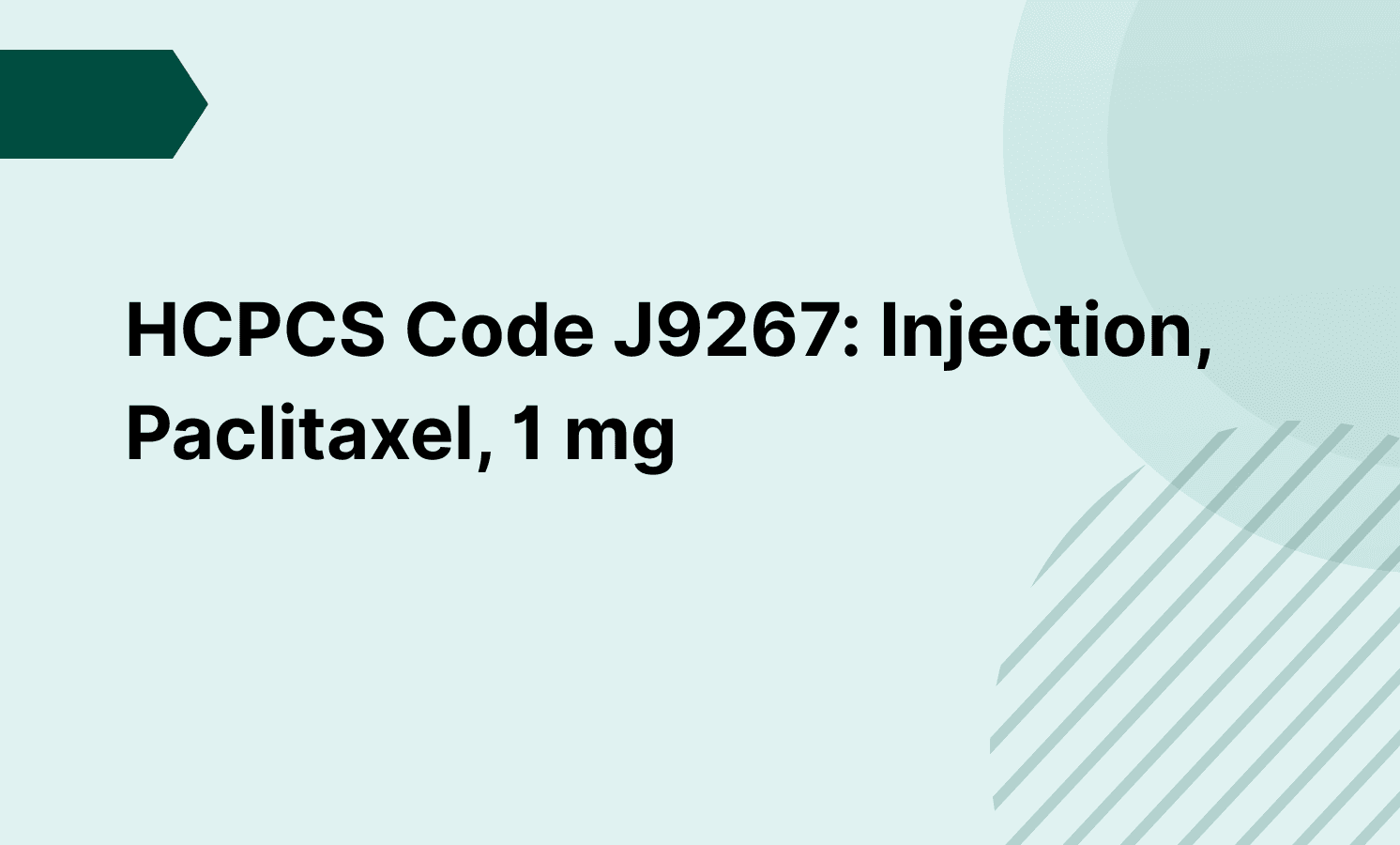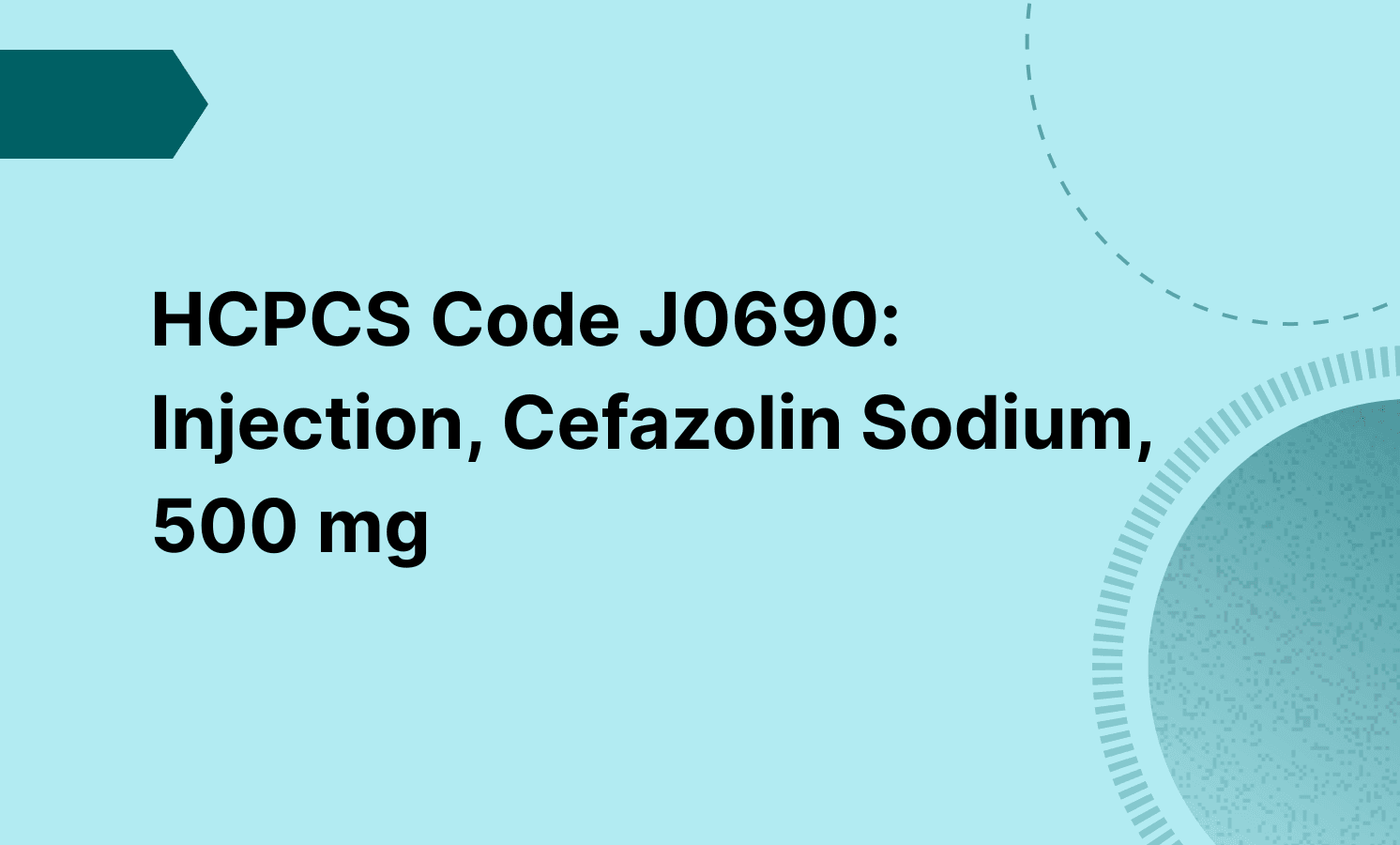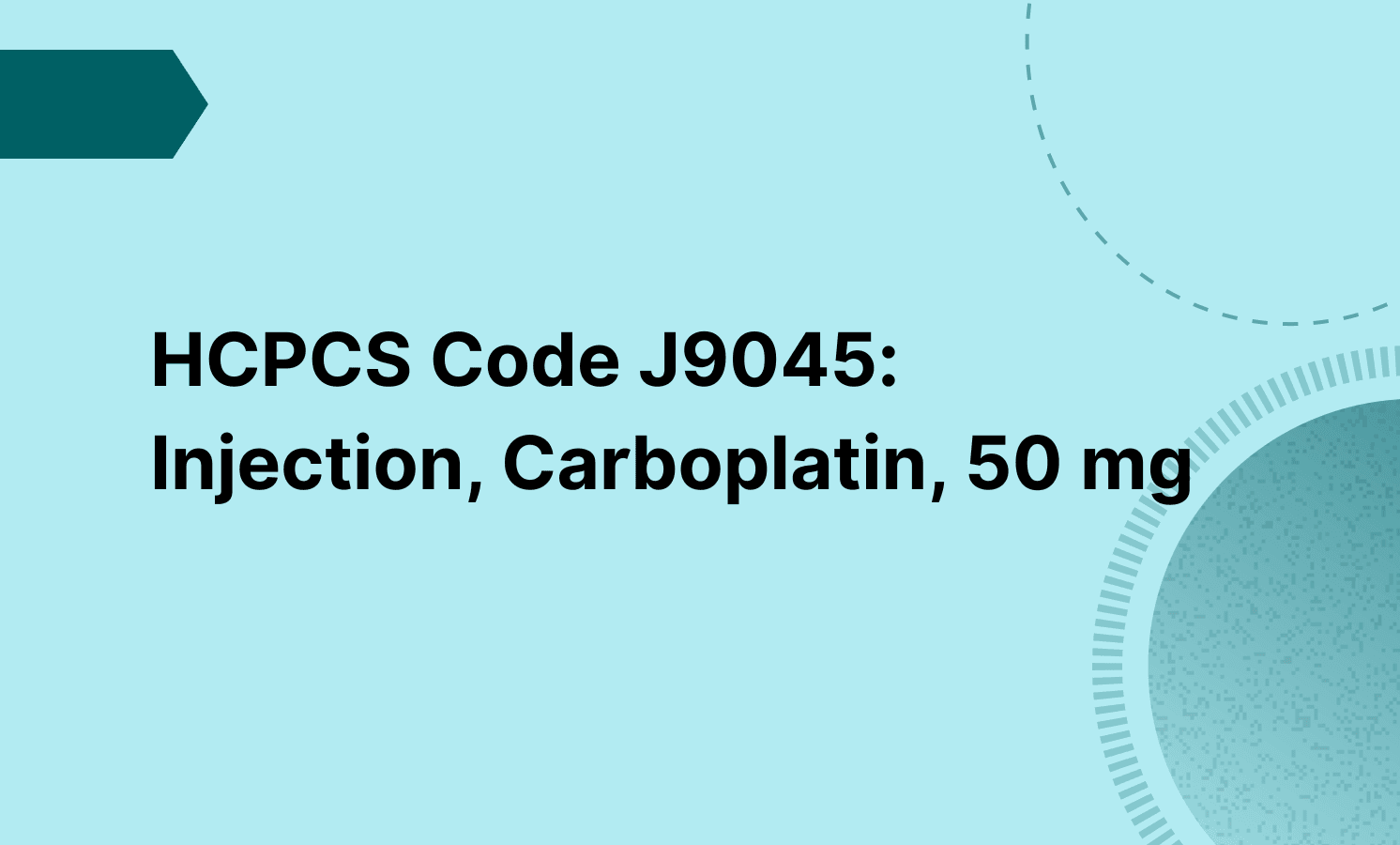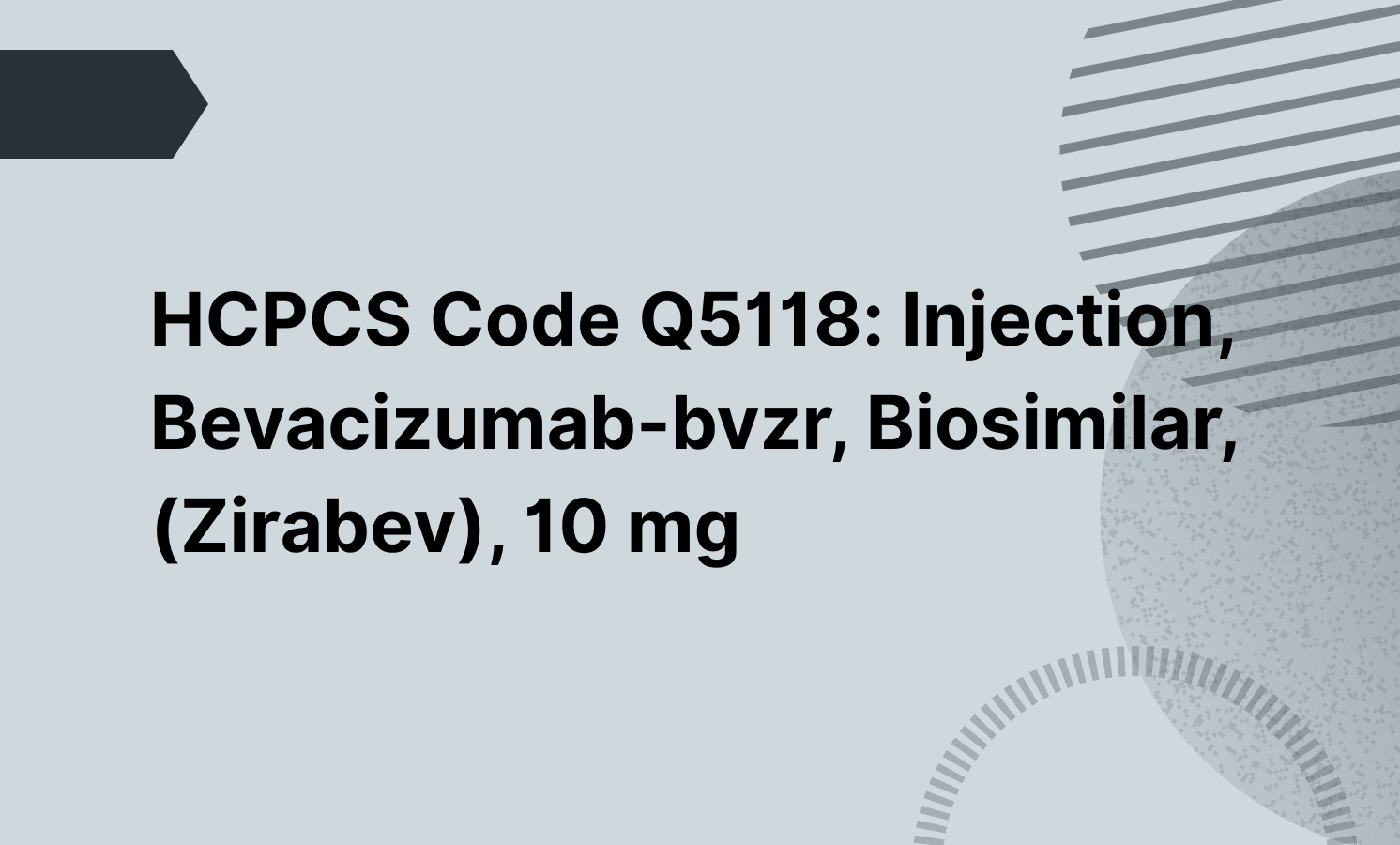Yes, CPT 99100 can be billed alongside monitored anesthesia care (MAC) if the patient meets age criteria (younger than one year or older than seventy) and documentation clearly supports additional risk.
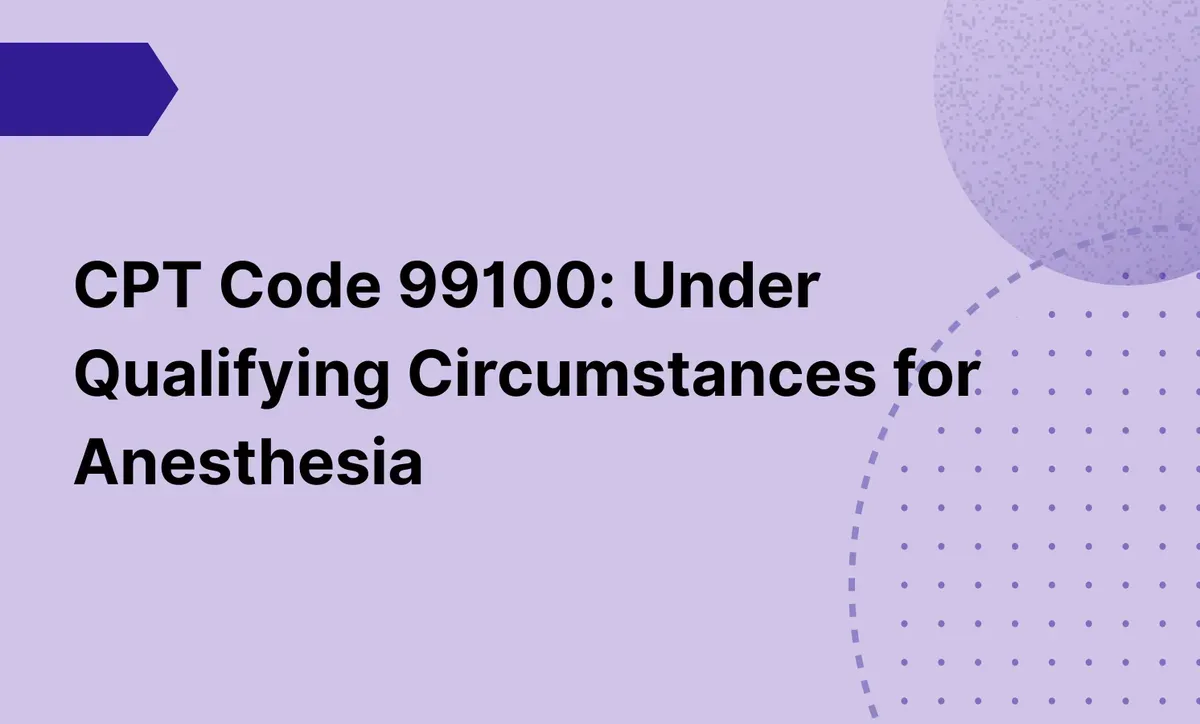
CPT Code 99100: Under Qualifying Circumstances for Anesthesia
Learn about CPT code 99100, the add-on code for anesthesia services for patients of extreme age. Read this to improve your billing and documentation.
Frequently asked questions
Yes. While the exact phrase "extreme age" is not mandatory, clear documentation of the patient's age being under one or over seventy is required. Explicit notes on the patient's age-related anesthesia risks strengthen justification.
Codes such as 00326, 00561, 00834, and 00836 already inherently account for age-specific or higher complexity factors. Reporting 99100 with these primary anesthesia codes is redundant and therefore disallowed.
EHR and practice management software
Get started for free
*No credit card required
Free
$0/usd
Unlimited clients
Telehealth
1GB of storage
Client portal text
Automated billing and online payments


